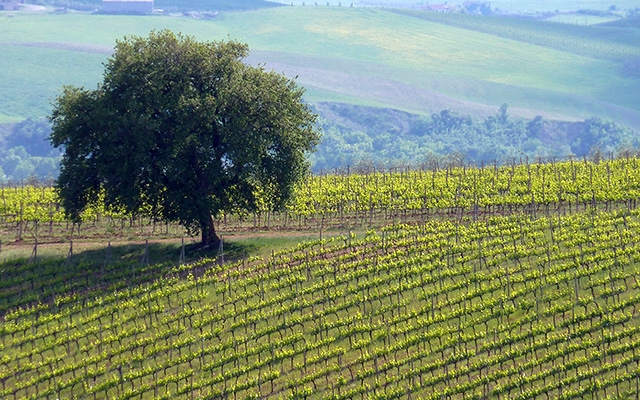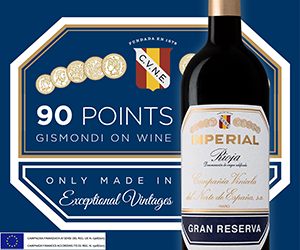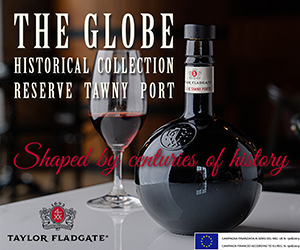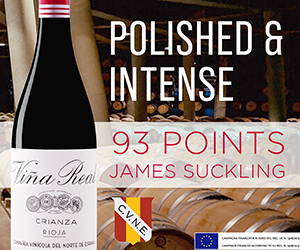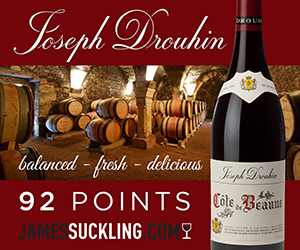Later this week Vancouver welcomes 22 Tuscan producers here to conduct the annual Benvenuto Brunello trade tasting and masterclass.
Like the rolling hills of Tuscany, the melodic Italian language, and the special light that bathes the region, these wines express sense of place. In Montalcino, that expression was first launched in 1843 and strengthen for more than a century before Brunello di Montalcino was accorded Denominazione di Origine Controllata (DOC) status in 1966 and followed that with the country’s first ever Denominazione di Origine Controllata e Garantita (DOCG) designation in 1980.
Montalcino is a town located approximately 40km south of Siena and 120km from Florence. The ancient Montalcino hill is flanked by vineyards planted mostly to Brunello, a clone of sangiovese that originated in this area and are unique to the region. The production area is bordered by the Orcia, Asso and Ombrone valleys, creating a nearly circular area covering 60,000 acres. Though highly differentiated soils makes it hard to generalize, the rocky mix of limestone, sand and clay are evident in the structure of the wines. A mild, Mediterranean climate blankets the region, with various microclimates arising via hillsides, slopes and altitudes. The higher altitude and sunny climate contribute to Brunello’s consistent full ripening, resulting in increased body, color, extract and tannins when compared to sangiovese from elsewhere in Tuscany (like Chianti).
To qualify as DOCG Brunello di Montalcino, rigorous standards must be met. The following is taken from the detailed Consorzio del Vino Brunello di Montalcino website:
Production Rules of Brunello di Montalcino
- Production area: The Montalcino Township
- Variety: Sangiovese (also called “Brunello” in Montalcino)
- Maximum yield of grapes: 80 quintals per hectare
- Ratio of grape yield to wine: 68%
- Minimum aging in wood: 2 years in oak. Minimum aging in bottles: 4 months
(6 months for the Riserva)
- Colour: intense ruby red tending towards garnet as it ages
- Odour: characteristic intense perfume
- Taste: dry, warm, lightly tannic, robust and harmonious
- Minimum alcohol content: 12.5% Vol.
- Minimum total acidity: 5 g/lt
- Minimum net dry extract: 24 g/lt
- Bottling: can only be done with the production area
- Ready to be sold: 5 years after the year of the harvest (6 years for the Riserva)
- Packaging: Brunello di Montalcino can only be sold in Bordelaise shaped bottles
If you couldn’t ascertain from the above Taste guidelines (!), Brunello is hallmarked by elegant black cherry, perfumed wild raspberry, wood, violets and leather. The fragrant florality of the Mediterranean is evident in the glass. High quality wines are very long lived, with most not reaching full potential for at least a decade. Youthful Brunello can be a tannic monster, although modern practices in the winery have lessened these beasts, yielding a wine that is drinkable far earlier. Even traditionalists will agree that these wines needed to adapt to suit today’s consumers, and while we can still lie these down for a while, we can also enjoy them today.
The classic food pairing for Brunello di Montalcino is Bistecca alla Fiorentini, though roast leg of lamb with herbs, Tuscan sausages with white beans or pappardelle with wild boar or hare would work well.
Anthony will be moderating the masterclass and guided tasting through a lineup of wines presented Banfi, Campogiovanni, Capanna, Col D'Orcia, Il Grappolo – Fortius, La Magia, Palazzo, Tenute Silvio Nardi and Villa Poggio Salvi. Watch for his notes from the session up on GOW shortly.

 quicksearch
quicksearch

